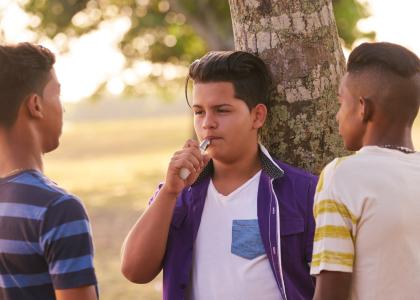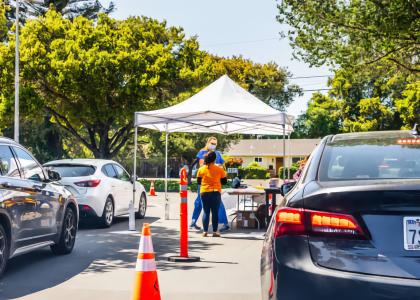Mitigation Adherence
COVID-19 Pandemic Mitigation, Community Economic and Social Vulnerability, and Opioid Use Disorder

The goal of this study is to leverage large comprehensive claims and electronic health data, capturing nearly half of the U.S. population from before the pandemic through 2026, to test our hypothesis that social and economic vulnerabilities, as well as economic side effects of the pandemic will escalate the prevalence of OUD and related harms.
Statistical Adjustments of Sample Representation in Community-level Estimates of COVID-19 Transmission and Immunity

This project will develop a valid metric to estimate the true viral incidence and immunity prevalence in the community, examine the health disparities and social inequality, and monitor the epidemic over time as an operational surveillance system.
CRISOL: Building Community Resilience and Integrating Efforts to Understand and Address Syndemic Health Conditions Afflicting Young Latino Immigrants

The goal of the project is to adapt, implement and evaluate a multi-level intervention to mitigate the multi-dimensional toll of COVID-19 among Latino immigrant communities in Philadelphia.
Vale+Tu Salud: Corner-Based Randomized Trial to Test a Latino Day Laborer Program Adapted To Prevent COVID-19

Based on the injury risk-reduction program Vales+Tu (You Are Worth More) that has been successfully tested among Latino Day Laborers, the Vale+Tu Salud (Your Health is Worth More) study will adapt its evidence-based strategies to promote group problem solving and a plan to implement together COVID-19 mitigation strategies
Toward Next Generation Data on Health and Life Changes at Older Ages

This administrative supplement continues a high-frequency longitudinal survey of Americans’ experiences and behavior during the COVID-19 pandemic to measure perceptions of coronavirus risk, individual prevention behaviors, consumption of coronavirus information from various sources, effects on households' financial situations and physical and mental health, and coping behavior of households.
COVID-19 Impacts on Time Use and Well-Being

This project supports data collection on the well-being, quality of life, and physical and mental health of a large and nationally representative cohort of children and adults ages 15 and older spanning January through December 2021.